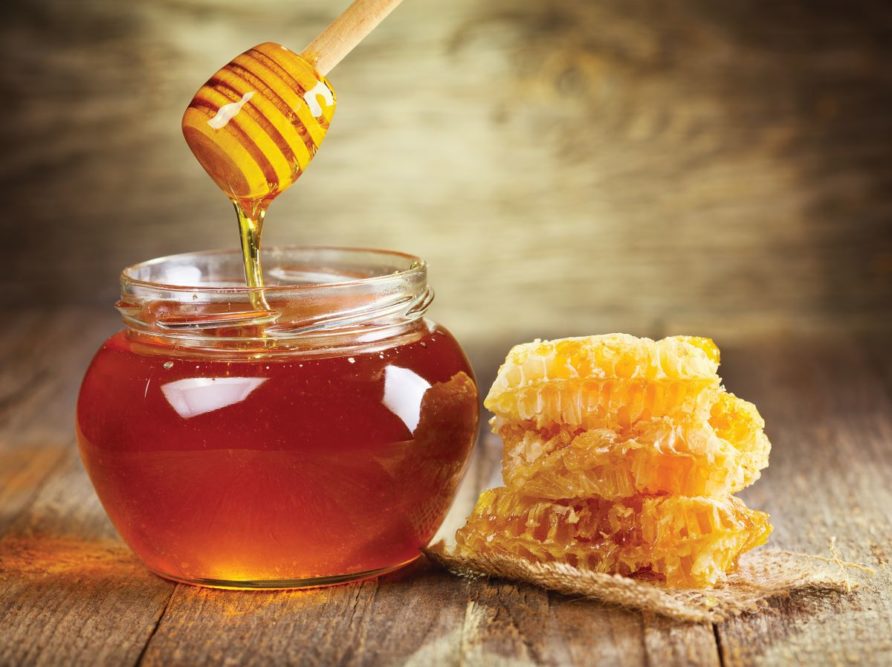Honey’s history as a sweetener crosses multiple civilizations. Egyptians began managing beehives 10,000 years ago, said Keith Seiz, in charge of ingredient marketing at the National Honey Board, Erie, Colo. Vessels as old as 9,000 years show the Chinese turned honey into mead, a fermented alcoholic beverage.
“Honey has an outrageous history,” Seiz says. “We’ve got honeybees that date back thousands and thousands of years ago.”
Europeans brought honeybees to North America. The Langstroth hive, patented in 1852, increased honey production. It was vertical with boxes on top of it and baby bees below.
“That gave us the ability to extract honey at large scale without causing any harm to the bee,” Seiz says.
The number of honey varieties in the United States increased as honeybees pollinated different crops in various areas of the country. They now pollinate over 90 crops, Seiz says. Orange blossom became a popular variety after bees pollinated orange grove varieties. The number of honey varieties has grown to about 3,000.
Grain-based foods played a leading role in honey becoming a popular sweetener.
“It all started with bakery foods,” Seiz says. “That was really kind of its core usage. Honey really kind of made its name in sweetened baked foods.
“Over the years that has expanded greatly to now where we’re seeing a significant volume of honey going to the spirits category, mainly being driven by honey whiskeys.”
Per capita honey consumption in the United States neared 2 lbs annually in 2021, up from about 1.25 lbs in 2011, according to the US Department of Commerce, Bureau of the Census. Annual honey production in the country rose to about 650 million lbs in 2021 from about 400 million lbs in 1991, according to the US Department of Agriculture.
Honey faces a troubled future, however. Factors such as pesticides, pests and diseases, and forage and nutrition are causing a decline in honeybee populations.
“It used to be a country and a world of open land full of wildflowers,” Seiz says. “It’s been replaced by manicured lawns and agriculture. So bees struggled getting a balanced diet that’s healthy, which has made them more susceptible to pathogens and parasites.”
The National Honey Board allocates 5% of its revenue each year to fund honeybee health research. The board’s “Honey saves lives” campaign brings awareness to honeybees’ role in the ecosystem and global food supply. Food and beverage brands such as Justin’s, Mary’s Gone Crackers and Tillamook Country Smoker have partnered with the National Honey Board on the campaign.




